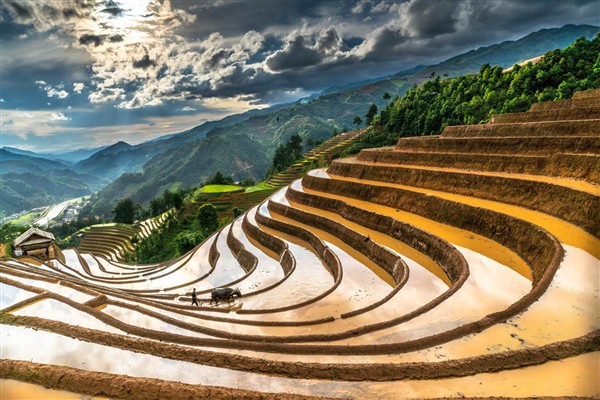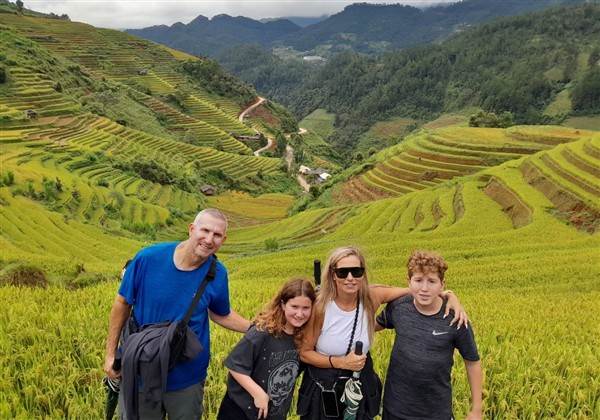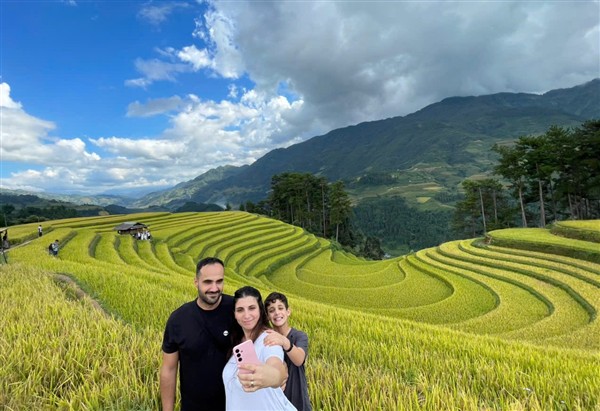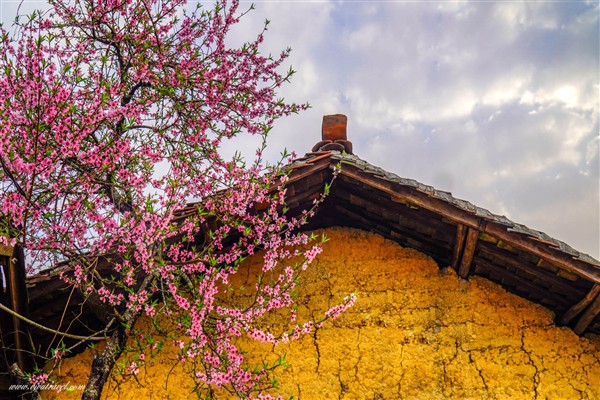8 Useful Tips for Dining In Vietnam
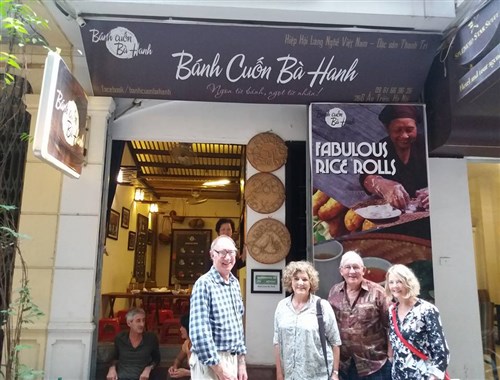
Dining in Vietnam with its street food scene and high-end restaurants is a certain highlight for most tourists. Vietnamese cuisine is highly favoured for not only the great flavour and choices, but also the very affordable prices.
Typical Ingredients
Many of the local Vietnamese dishes have a heavy reliance on fresh ingredients and a perfect mix of spices and herbs. The following are likely to feature in dishes tasted throughout the Vietnam holiday. Red chillies (Ot) give a real zing and a common ingredient in local dishes. Bitter gourd (kho qua) is a useful garnish. Banana leaves (la chuoi) are a regular choice to wrap the portable meals of meats or cakes. Bamboo shoots (Mang) are young, tender stalks that are sliced and served as pickles, boiled, dried, or fresh.
Vietnam is a rich source of fresh fish with most parts of the country never far from a river or the sea. Poultry and meat is also farmed locally.
Fresh vegetables and herbs are popular in recipes and as condiments at the table. Plenty of local dishes are served with coriander (ngo) and lettuce, as well as a plate of raw basil (rau que). Garlic, basil, ginger, coriander, mint and lemongrass help to create the flavourful, fresh and light fare.

Here are several tips for dining in Vietnam:
1 – Tipping isn’t a standard requirement in Vietnam. But, there are some places that are more likely to expect a tip, such as the high-end restaurants in the major tourist cities like Hanoi, Hue, Hoi An and Ho Chi Minh City. The tip amount can vary, but is usually in the region of 5 to 10% of the food bill.
2 – For the travellers on the 3 week tour in Vietnam that start to feel homesick of their country’s traditional dishes, there are plenty of alternatives to local Vietnamese cuisine. Most of the large cities have luxury restaurants and cafes serving western food. The finest restaurants have menus with a mix of Asian and Western flavours. However, the western dishes are typically more expensive than the local cuisine.
3 – Not all food places have English-speaking staff. But, pointing to what you want should help in most situations. Travelling with a local guide can make things a lot easier. Also, the western restaurants are highly likely to have a decent grasp of English or other western languages.
4 – Don’t dismiss the street food scene because you feel it doesn’t look clean. Any authentic Indochina tour has to include taking part in eating the local cuisine. This is easily accessible at street stalls that are everywhere to see through the cities and towns. Simply go with the busy stalls that are popular with the locals to experience a huge diversity of recipes and ingredients that are not only delicious but also very affordable. For instance, a bowl of pho is only $1-$2.
5 – Even if a restaurant or café is filled with locals sitting and eating, it is still open to tourists and there is no problem to sit right beside them. There is no reason to feel shy, just join in and you will soon feel relaxed and comfortable in this friendly environment.
6 – The markets have plenty of fresh produce, but this soon sells out in the early mornings. If you are after fresh ingredients like rice noodles, crisp bean sprouts or raw fish on ice, make sure to arrive early in the day to avoid missing out on the mouth-watering food delights.
7 – Drinks in Vietnam are superb. Instead of soft drinks that are available everywhere, why not try the sugarcane water or coconut water that is more typical to the region.
8 – Vietnam is a rich source of tropical fruits like papaya, pomelo, mango, lychee, jackfruit, grapefruit, banana and avocados. Buy the in season fruit to get the mouth-watering taste and the low-cost prices.

Regional Vietnamese food
Any travellers that plan to tour up and down Vietnam are certain to notice regional variation in the Vietnamese food. Vietnam is a long s-shaped country that takes a certain degree of influence from its neighbours.
There are three distinct food styles in Vietnam:
North: the cuisine in the north of Vietnam is less spicy and bold. The cooler climate in the region can limit the availability and production of spices. Plus, northern Vietnam takes influence from Southern China, where the dishes are more subtle and clean. Popular dishes in the north include pho, banh cuon and bun rieu.
Central: this part of the country includes Hue, Hoi An and Da Nang. Dishes in this part of Vietnam are well-known for being blisteringly hot. The food is often highly decorative and colourful in presentation. One of the most popular dishes in the region is Bun bo Hue (spicy noodle soup).
South: the south of Vietnam has the fertile soil and tropical conditions to produce a varied range of vegetables, tropical fruits (mangoes, durian, jack fruit, etc.) and livestock. The wide variety of fruits can be served with fresh yogurt. Fresh fruit is available everywhere and very affordable. The southern cuisine is much bouncier and sweeter with mints, shallots and garlic. Plenty of dishes include coconut milk, which is influenced by Cambodia.
When travelling in Vietnam it certainly helps to look for the regional specialties. For instance, when in a central region like Hue, there are plenty of light specialties such as spring rolls and bun bo hue. For travellers in Hanoi it is always worth tasting the traditional pho and cha ca (marinated fish with rice noodles and a dipping sauce). Also, Vietnamese raviolis in Hoi An is certain to please travellers on the Vietnam customized tour. Other regional favourites include the spicy curries and duck dishes in Ho Chi Minh City.





